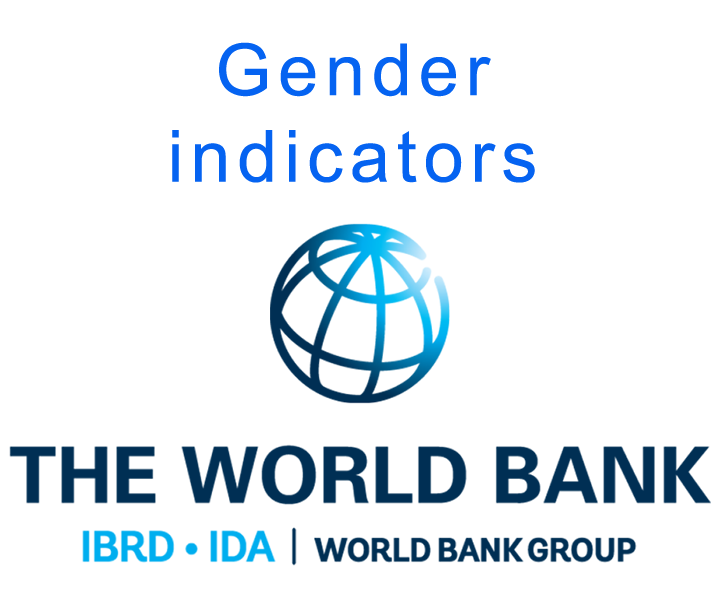
The Gender Data Portal is the World Bank Group’s comprehensive source for the latest sex-disaggregated data and gender statistics covering demography, education, health, access to economic opportunities, public life and decision-making, and agency. Moreover, they contain information about land ownership by sex.
Why are the WB - Gender Indicators relevant for the land governance community?
Women are typically more harshly impacted by land tenure insecurity, due to discriminatory laws and lingering social bias. In many contexts, they lack direct, unmediated rights to the land and their access depends on their relation to male family members. They face layers of discrimination in both the law and in practice, fuelled by their gender, race, ethnicity, affiliation, orientation, age, or social status.
The World Bank states that ownership of assets, like land, has many beneficial effects for households, including protection against financial ruin. For women in particular, ownership is a source of economic empowerment and provides protection in the case of marital dissolution or abandonment. The World Bank’s Gender Indicators reveal increasing evidence that ownership of property by women has positive consequences for women’s empowerment, nutritional and health outcomes, and children’s schooling.
What is the status?
The indicators are annually updated and most recent updates available in the World Bank’s Gender Data Portal.
What is the methodology?
The data is obtained via interviewing a sample. The fundament of the analysis is the definition of ownership, e.g. “Men [or women] who own land alone is the number of men [or women] who say the only type of land they own is the one they own alone or don't share ownership with anyone, expressed as percentage of men who have been interviewed and It’s derived by dividing the number of men who responded they alone own a land, which legally registered with their name or can’t be sold without their signature, by total number of men who have been interviewed. ‘Ownership’ implies that the land is legally registered in the man's name or, since official property records do not always exist or are not maintained, the land is recognized as his and cannot be sold without his signature or equivalent.” and “‘land’ includes all agricultural or non-agricultural land. Non-agricultural land refers to rural land that is not used for growing crops, and most land in urban areas”. Jointly owned land refers to land owned by a couple or mixed gender household.
What are the main results?
All indicators are available in the World Bank Group’s Gender Data Portal. Trends in land ownership by sex can be displayed, e.g.:
[[{"fid":"52375","view_mode":"default","fields":{"format":"default","field_file_image_alt_text[und][0][value]":false,"field_file_image_title_text[und][0][value]":false},"type":"media","field_deltas":{"1":{"format":"default","field_file_image_alt_text[und][0][value]":false,"field_file_image_title_text[und][0][value]":false}},"attributes":{"class":"media-element file-default","data-delta":"1"}}]]
(Trend for indicator “Women who own land both alone and jointly (% of women age 15-49)”, multiple countries)
Who is involved?
The data is obtained by the World Bank.
| Indicator | Min-Max Number of years |
Countries / Obs | Min / Max Value |
|---|---|---|---|
| Men who own land alone (% of men) | |||
| Men who own land both alone and jointly (% of men) | |||
| Women who own land alone (% of women age 15-49) | |||
| Women who own land both alone and jointly (% of women age 15-49) |
Related content on the Land Portal
The World Bank Group is committed to open access and strives to enhance public access to and use of data that it collects and publishes.
For more information read the Terms of Use for Datasets Listed in The World Bank Data Catalog
Partners:
Donors:

